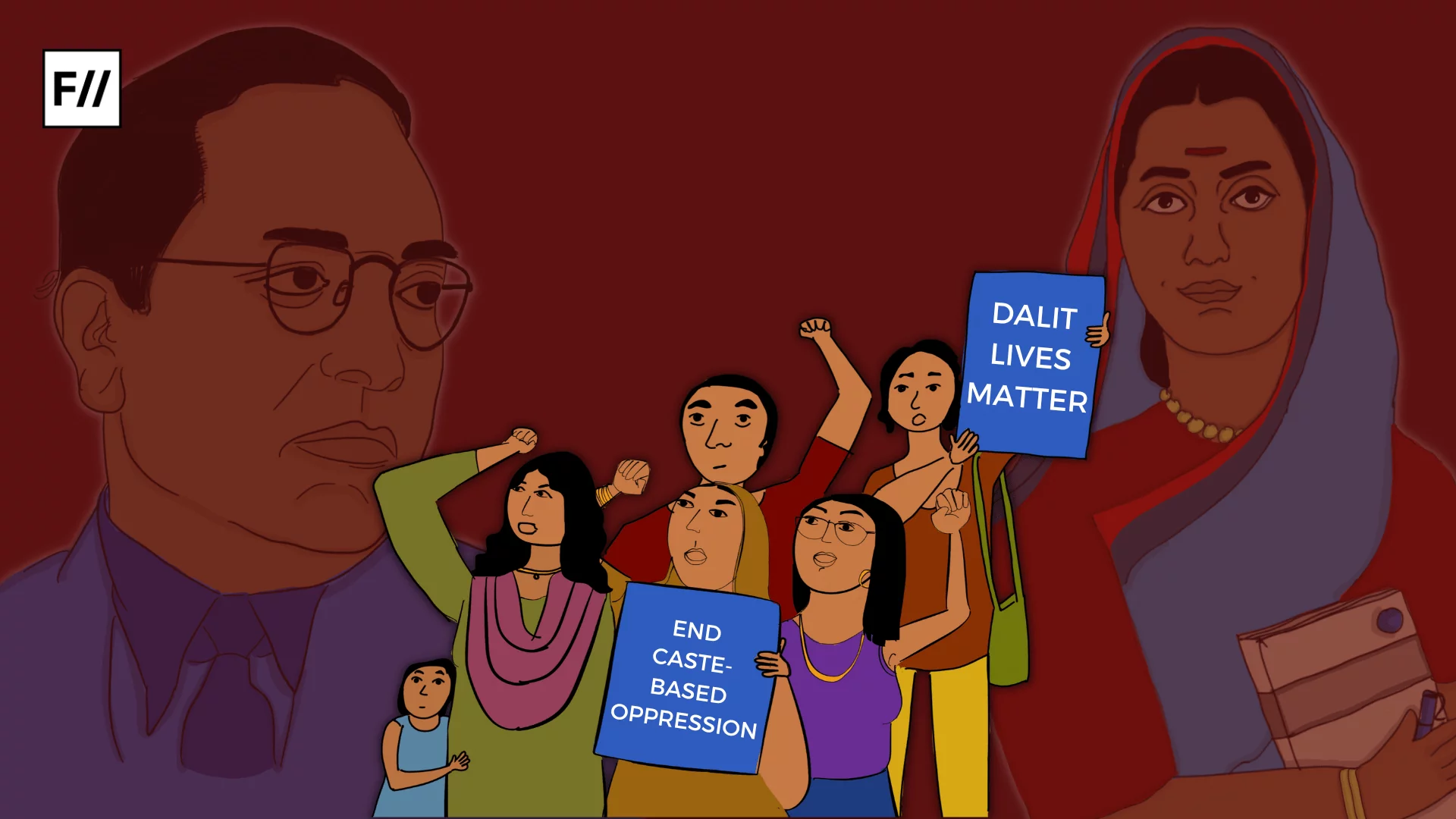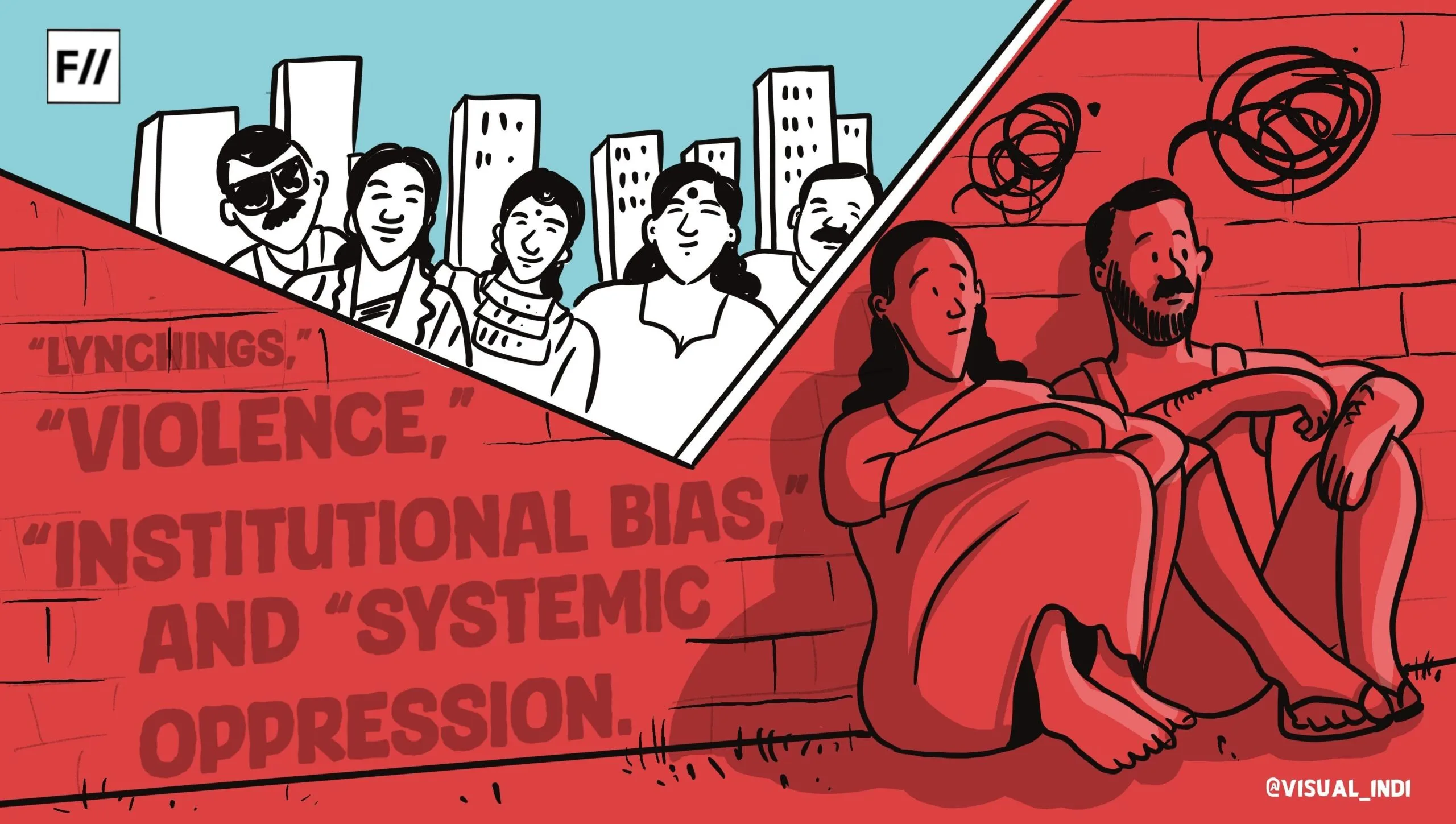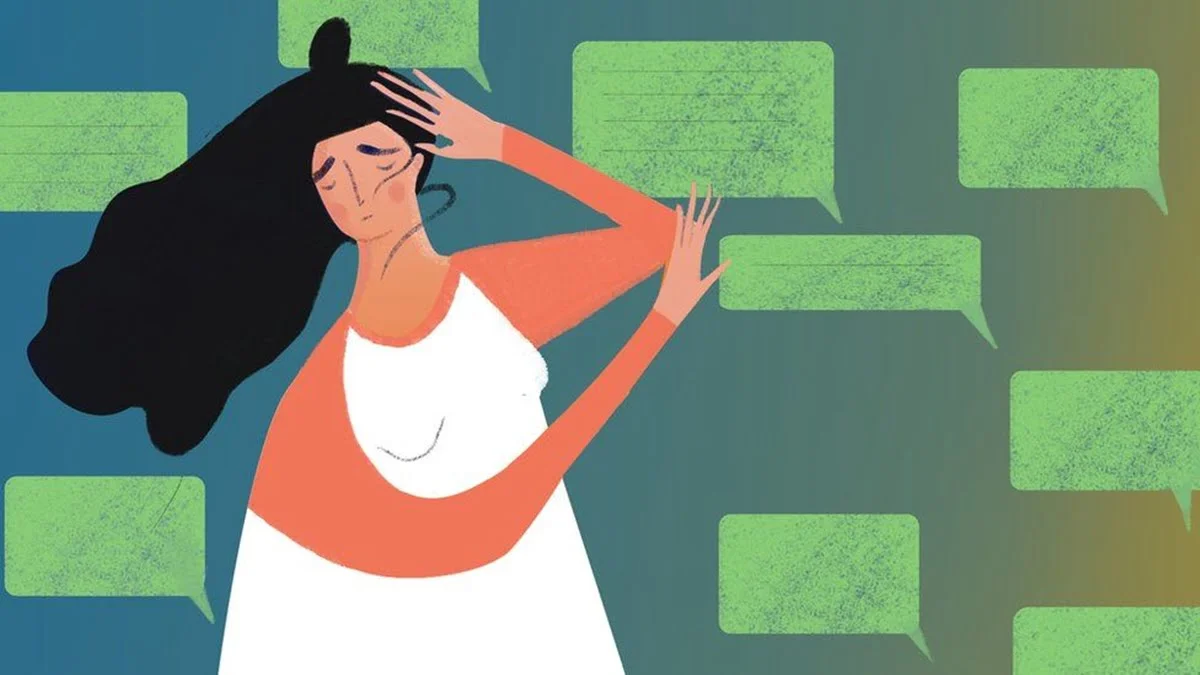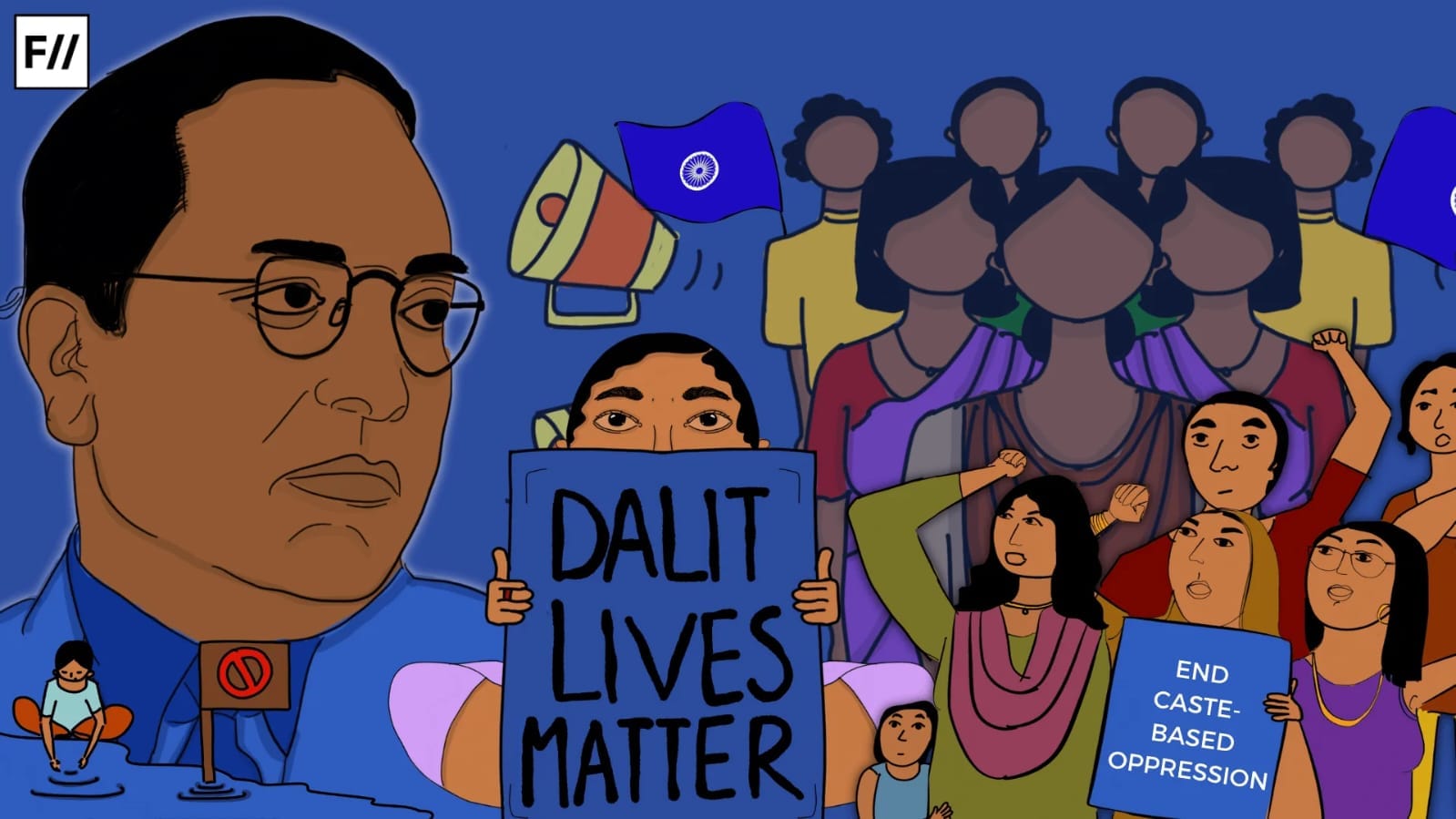Caste shapes how we are seen, how we are heard, and how we are allowed to heal. When we discuss mental health in India, we often assume everyone begins from the same place of visibility and access. But caste decides whose pain is believed, whose distress is medicalised, and whose emotions are dismissed as “overreaction”. In a society structured by graded inequality, mental wellness becomes a privilege, a resource unevenly distributed along the lines of caste.
Mental health infrastructure rooted in caste system
India’s mental health system mirrors its social structure. Who becomes a therapist, who seeks therapy, and who receives healing are all filtered through castes. Castes are systematically inserted across and reinforced in families, classrooms, and even within workplaces. The psychological impact is profound: a constant state of self-doubt, a mind trained to anticipate humiliation, and a soul conditioned to believe it deserves less.
Caste shapes how we are seen, how we are heard, and how we are allowed to heal. When we discuss mental health in India, we often assume everyone begins from the same place of visibility and access. But caste decides whose pain is believed, whose distress is medicalised, and whose emotions are dismissed as “overreaction”.
The journey of ‘othering’ begins with the very first step toward education. In my village, as in thousands across India, the government schools are in the Savarna Mohalla. For Dalit children, the walk to school is not that easy. The school building itself, a symbol of promised opportunity, felt like foreign territory. The teachers, almost exclusively from the Savarna caste, shaped everything from where students sat to who got attention and whose homes teachers visited. For Dalit children, education came with constant reminders of “place”. By adolescence, the brain learns hesitation. This is not personal insecurity; it is structural conditioning, a lesson in caste engraved on the developing mind.
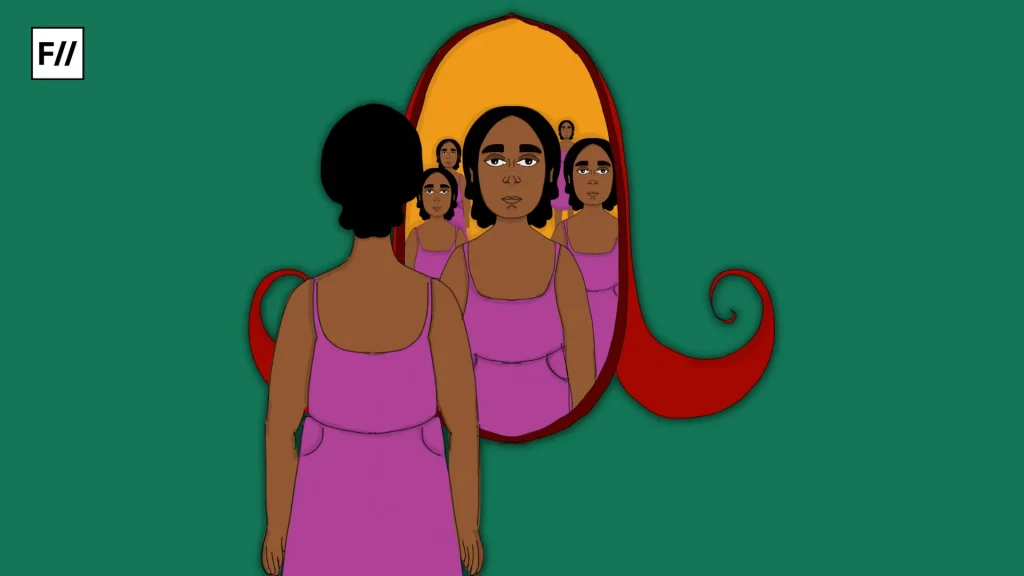
Even though studies show Dalit and Adivasi students experience higher humiliation and exclusion, official mental-health data rarely capture the psychological toll: the anxiety, self-censorship, and quiet despair that follow. The system is designed to individualise suffering. To treat caste trauma as a personal failing.
In higher education, this dynamic intensifies. During my engineering years, I heard slurs disguised as jokes, “merit” used as a weapon, and peers who equated reservation with incompetence. Counsellors, when approached, treated caste trauma as “personal stress”. Names like Rohith Vemula and Payal Tadvi remind us how institutional neglect kills. But, beyond those tragedies are thousands who carry invisible wounds. The support mechanisms, like mental-health cells, exist on paper, yet when Dalit students seek help, they are told to “move on”, as if centuries of humiliation were a mindset problem!
This cycle does not end with education. Caste seeps into workplaces and relationships. “Family pressure” becomes code for caste pressure, an excuse to sustain endogamy. Even “progressive” families and spaces are often progressive only until they must confront caste privilege. In online spaces, Dalit voices are trolled and gaslighted for speaking about reservation or discrimination. Each such encounter adds another layer to the psychological burden of being Dalit in spaces not built for our dignity.
Anxiety and contested land
In the village, our bastis were not built on land we owned. They were on the peripheries: government land meant for grazing, village extension lands, or temple trust land. Even after living there for generations, our existence was legally precarious. This spatial marginalisation breeds a unique form of anxiety. There is a constant, low-grade fear that any assertion of dignity, any refusal to accept humiliation, could lead to violent reprisal from the Savarna villagers. If a Dalit was seen as “too assertive”, if they “crossed the caste line” by falling in love with a dominant-caste person or merely by speaking back, the entire community could face a boycott, their homes could be demolished, or worse.
During my engineering years, I heard slurs disguised as jokes, “merit” used as a weapon, and peers who equated reservation with incompetence. Counsellors, when approached, treated caste trauma as “personal stress”.
The choice is always present: speak up for your dignity and risk everything, or shut up and suffer in silent, corrosive shame. This tussle is a core wound of the rural Dalit psyche. And it migrates with us to the cities. Urban Dalit bastis are often similarly situated on contested or undesirable land. Those near railway tracks, riverbanks prone to flooding, or industrial zones. A question that stands in my mind is how we measure the cumulative trauma of generations living with the foundational anxiety that our home and safety are conditional?
Caste trauma appropriated by Savarna academia
Within all this, those who have the resources in this country, the Savarna academicians, love to study caste, just not to confront it. They mine Dalit communities for stories, trauma, and “data”. The Dalit ghettos are always a tourist spot for these scholars. But Dalit scholars are rarely authorised to shape the frameworks. “Merit” becomes the convenient myth used to gatekeep knowledge production. Most research by these Savarnas on caste and mental health uses Western concepts like trauma and oppression, which are useful but insufficient. They rarely acknowledge that the caste is not simply another form of marginalisation; it is a deeply Indian system of graded inequality. Whereas, when Dalit scholars introduce Ambedkarite or community-based approaches, they are dismissed as “activists”. Neutrality, in a caste society, is a privilege of the dominant!
True merit would mean recentring Dalit epistemology and acknowledging that communities have long developed their own methods of healing and self-respect outside the psychiatric gaze.
The Political Left’s blind spot
During years in the community, I also saw how even left-leaning spaces fail to understand this form of healing. Communist movements often ridicule Dalits for embracing Buddhism, treating it as “religious escapism”. They reduce liberation to a materialist framework, ignoring the psychological and spiritual dimensions of caste annihilation.
For Dalit communities, healing has never meant simply surviving pain; it means reclaiming dignity. Ambedkarite healing is not a metaphor; it is a lived practice. In every song, reading circle, and collective act of learning, the community rebuilds its mental world on self-respect and solidarity.
But for Dalits, conversion is not withdrawal; it is a psychological revolution. It dismantles caste’s spiritual hierarchy and rebuilds a moral community based on equality. While the Left’s liberation lies in atheism, Ambedkarite liberation lies in ethical transformation, through Dhamma, through compassion, and through rejecting caste at its moral roots. It is a reclamation of agency, a conscious turning away from a system that denies you humanity, and a turning toward one that affirms it.
There is rich “evidence” showing how Buddhist conversion fosters dignity and mental well-being among Dalits. Yet will Savarna academia ever accept this as a “legitimate” method of healing? Or will it continue to dismiss it as cultural bias while holding on to Eurocentric frameworks and their personal bias? The refusal to acknowledge community-led healing is not an oversight; it is an assertion of caste privilege.
Ambedkarite healing
Amid this landscape of systemic violence and epistemic erasure, I have witnessed profound healing in Ambedkarite community spaces, where liberation is both political and emotional. From rural to urban ghettos, songs of Babasaheb echo—songs passed down by elders who preserved resistance through rhythm. These songs, reading circles, and cultural gatherings are not just art or activism; they are collective therapy, born from a refusal to surrender dignity. In these circles, people share without apology, express without fear, and learn that their suffering is structural, not individual failure. Ambedkarite spaces restore what caste took away: self-respect as the first step to mental health.
For Dalit communities, healing has never meant simply surviving pain; it means reclaiming dignity. Ambedkarite healing is not a metaphor; it is a lived practice. In every song, reading circle, and collective act of learning, the community rebuilds its mental world on self-respect and solidarity. Our mental health begins where our dignity is restored. And that restoration begins when we refuse to let caste define the limits of our mind.
